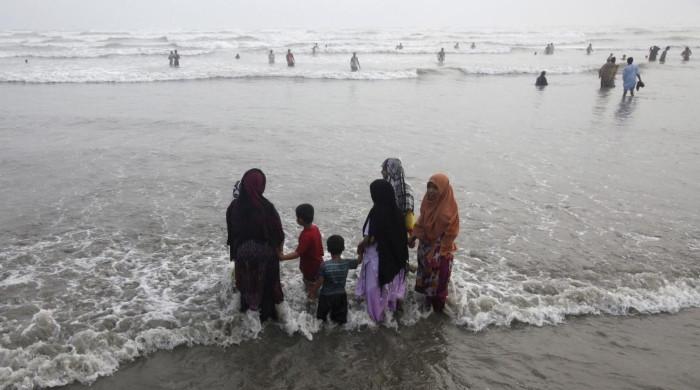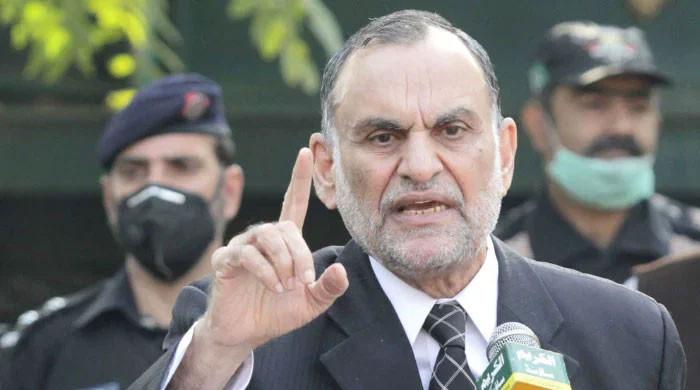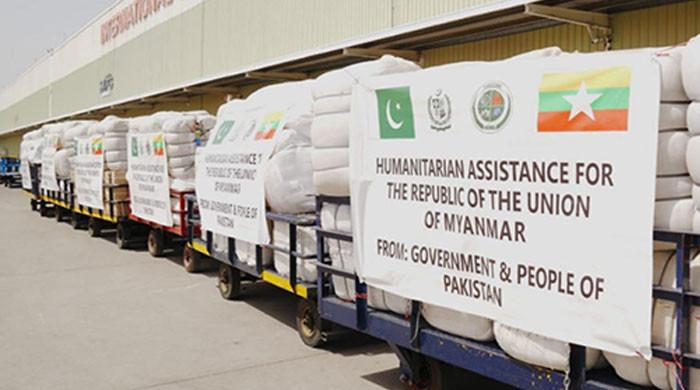Lahore, hold your breath
Chief Meteorologist says there is no chance of rain or strong winds at least till next Wednesday [November 8], which would help dissipate the smog
November 01, 2017
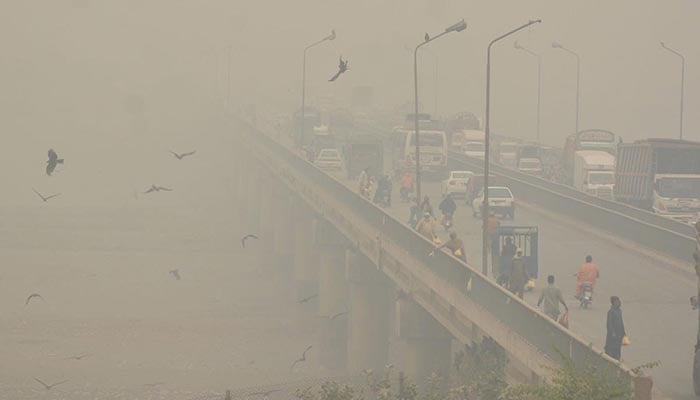
Lahore’s skyline is once again shrouded in toxic smog, reducing visibility and prompting health concerns amongst the citizens.
It has been two days, since the opaque haze first descended upon Pakistan second-largest city and the provincial government has yet to announce a public health emergency. Even more troublingly, weather forecasts predict the dirty air to persist for another week. “There is no chance of rain or strong winds at least till next Wednesday [November 8], which would help dissipate the smog,” says Mohammad Riaz, the chief Meteorologist in Lahore.
Last year, the city-dwellers witnessed a similar spike in air pollutants and density of harmful particles. “The first three days of November are the most hazardous, in terms of complaints of respiratory problems and infections. This pattern is unlikely to change in the coming years,” adds Riaz.
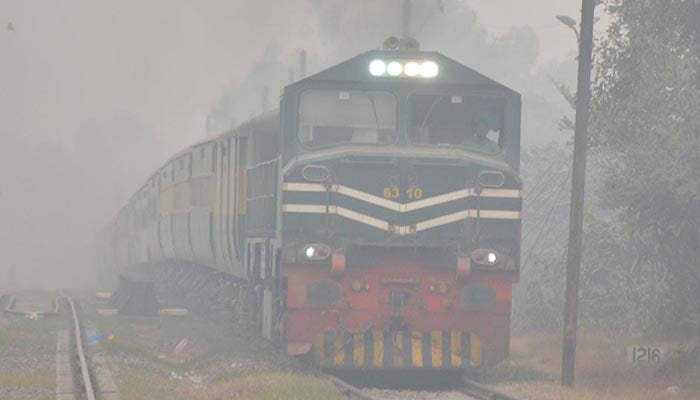
According to Punjab’s Environment Protection Department, there are three causes of pollutants in Lahore and its adjoining areas. Majority of the smog-forming particles billow in from India, where authorities are trying to crack down on crop burnings and coal plant emissions. As for local contributors to the pollution stew, in the city of 11 million, there are 7 million registered motor vehicles, which have been dirtying the air all year round. Then, there is the industrial sector in urban areas. “Since last year, in northern Lahore, we have shut down at least 200 units of steel factories,” Tauqeer Ahmad Qureshi, Director of the government-run Environment Protection Agency, tells Geo.tv, “They will have to prove that they have taken measures to be more environment-friendly before they are allowed to open again.”
On Oct. 21, the Punjab government released its policy document on controlling smog in the city. The suggestions include controlling the burning of municipal waste, banning the burning of crop residue, better traffic management and launching a public awareness campaign. It is unclear if any of these rafts of measures have been implemented as yet.
Last November, at the time of onset, Lahore had only one air quality monitoring station. This time, the EPD transported five more from cities, including Faisalabad, Sahiwal, Chakwal. Data from the stations has not been released to the public.
With reporting by Benazir Shah







